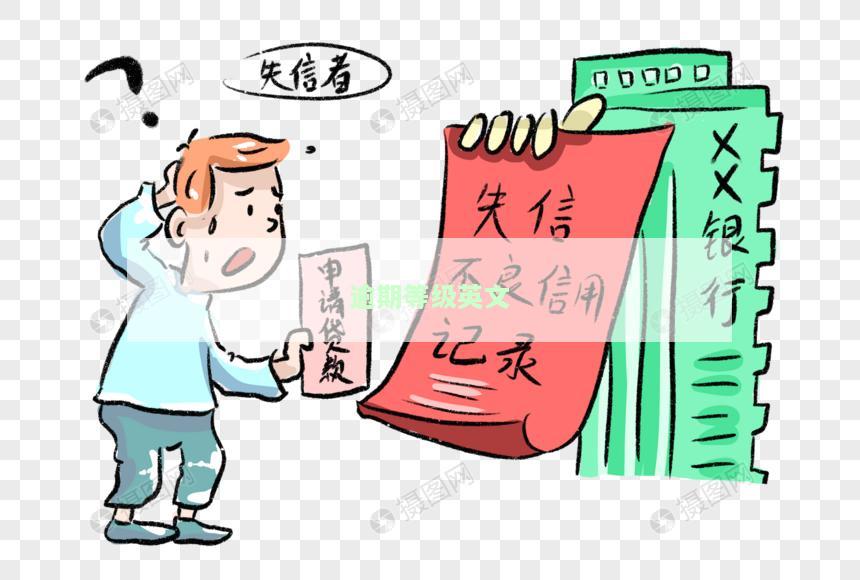逾期等级英文
Overdue levels refer to the status of a debt or payment that is past its due date. It is a way to categorize the degree of delinquency and indicate the severity of the overdue situation. The most commonly used overdue levels are as follows:

1. Level 1: This refers to accounts or payments that are slightly overdue, usually within 30 days. It signifies a minor delay in payment and is considered a low-level risk. Borrowers at this level are typically given gentle reminders to make their payments promptly.
2. Level 2: This indicates accounts or payments that are moderately overdue, usually between 30 to 60 days. It suggests a more significant delay in payment and a slightly higher risk. Borrowers at this level may start receiving stronger reminders and notices to settle their debts.
3. Level 3: This refers to accounts or payments that are significantly overdue, typically between 60 to 90 days. It represents a considerable delay in payment and indicates a higher risk. At this level, borrowers may face more aggressive collection measures, such as phone calls or collection agency involvement.
4. Level 4: This denotes accounts or payments that are severely overdue, usually exceeding 90 days. It signifies a major delay in payment and indicates a high risk of default. Borrowers at this level may have their accounts being reported to credit bureaus, face legal actions, or even have their assets seized to recover the debt.
It is important for borrowers to be aware of their overdue level and take immediate actions to resolve their outstanding debts. Prompt payment or negotiation for alternative arrangements can help prevent further consequences and improve their creditworthiness.
 杨柳岸
杨柳岸




